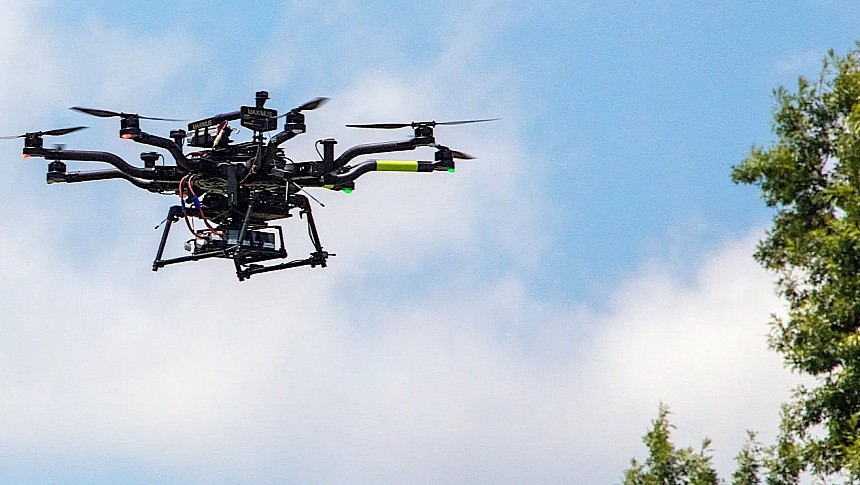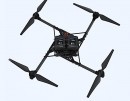Unseen to the naked eye on account of all the hype surrounding electric cars and other advances in the transportation industry, air taxis are slowly making their way into our lives, and we'll probably awaken to the sight of countless such contraptions flying in the skies of our cities.
Already a number of companies, including some highly respected ones, have joined this train, and are working on VTOLs and other kinds of aircraft meant specifically for urban air transportation, including the ones that are meant to fly themselves.
The challenges seem not to lie with the aircraft themselves but with making them an integral part of the busy city airports without endangering the current state of affairs. And this is where NASA steps in.
The space agency has been working for a long time on trying to find the best ways of making VTOLs, including autonomous ones, safe to operate in crowded environments. And a major step in the right direction seems to have been taken recently.
A team from the agency's Langley Research Center announced this week that it flew multiple drones beyond the visual line of sight in fully autonomous mode, and nothing bad happened. Beyond line of sight technically means there was no human around to observe what the drones were doing, so the machines were all on their own.
NASA does not say how many of these machines were involved in the test. We do know there were of the ALTA 8 variety, drones produced by a company called Freefly Systems.
The machines had to take a planned route, but they handled the course autonomously, with no human intervention. They took off, avoided each other and other obstacles during the procedure, flew their route, and ultimately landed with no incidents.
The drones were running a software suite capable of handling airspace comms, flight path management, and avoidance maneuvers.
The avoidance part of the test was handled by a system called Integrated Configurable Architecture for Reliable Operations of Unmanned Systems (ICAROURS). It's a detect-and-avoid software that helps the drones stay clear of traffic in their area.
The machines looked at the ground below with a tech called Safe2Ditch, which gives it the ability to decide where it is safe to land in case of an emergency.
The tests were conducted in a controlled environment, at the Langley City Environment for Testing Autonomous Integrated Navigation test range, but still required approval from the Federal Aviation Administration (FAA) to be conducted.
NASA is conducting these tests as it plans to see how air taxis, no matter the shape they will take, will be safely incorporated in areas with high volumes of air traffic. All the findings and all the technologies developed during this research, including the ones of this recent test, are meant to be shared with the industry and public.
The challenges seem not to lie with the aircraft themselves but with making them an integral part of the busy city airports without endangering the current state of affairs. And this is where NASA steps in.
The space agency has been working for a long time on trying to find the best ways of making VTOLs, including autonomous ones, safe to operate in crowded environments. And a major step in the right direction seems to have been taken recently.
A team from the agency's Langley Research Center announced this week that it flew multiple drones beyond the visual line of sight in fully autonomous mode, and nothing bad happened. Beyond line of sight technically means there was no human around to observe what the drones were doing, so the machines were all on their own.
NASA does not say how many of these machines were involved in the test. We do know there were of the ALTA 8 variety, drones produced by a company called Freefly Systems.
The machines had to take a planned route, but they handled the course autonomously, with no human intervention. They took off, avoided each other and other obstacles during the procedure, flew their route, and ultimately landed with no incidents.
The drones were running a software suite capable of handling airspace comms, flight path management, and avoidance maneuvers.
The avoidance part of the test was handled by a system called Integrated Configurable Architecture for Reliable Operations of Unmanned Systems (ICAROURS). It's a detect-and-avoid software that helps the drones stay clear of traffic in their area.
The machines looked at the ground below with a tech called Safe2Ditch, which gives it the ability to decide where it is safe to land in case of an emergency.
The tests were conducted in a controlled environment, at the Langley City Environment for Testing Autonomous Integrated Navigation test range, but still required approval from the Federal Aviation Administration (FAA) to be conducted.
NASA is conducting these tests as it plans to see how air taxis, no matter the shape they will take, will be safely incorporated in areas with high volumes of air traffic. All the findings and all the technologies developed during this research, including the ones of this recent test, are meant to be shared with the industry and public.






